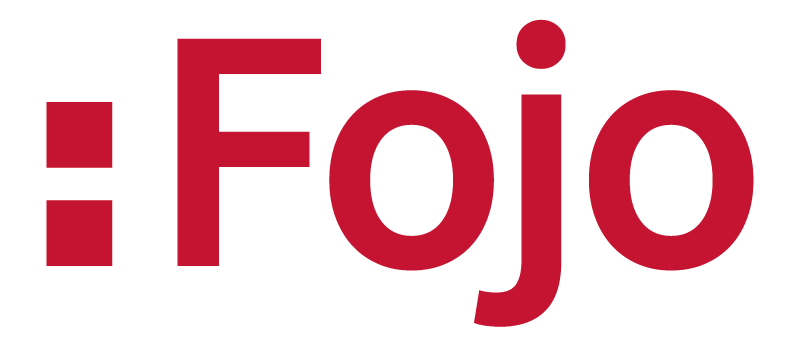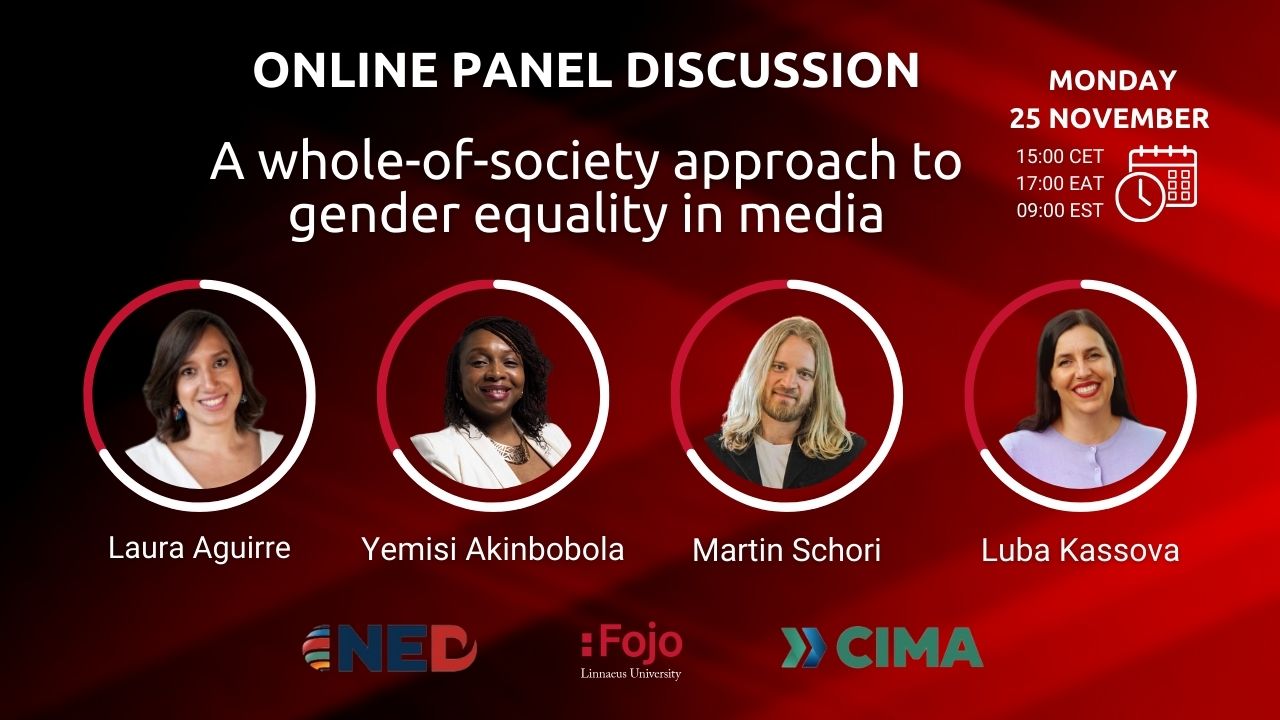What does it take to achieve real gender equality in media? How can newsrooms transform to ensure women have equal opportunities in leadership and representation? And what role do media regulations, market dynamics and support from civil society play in making this vision a reality?
These are just some of the critical questions explored in Breaking Barriers: A Whole-of-Society Approach to Gender Equality in Media Development, a new report from CIMA and Fojo Media Institute. Thirty years ago, a total of 189 countries committed to promoting women’s equal participation in media and eliminating stereotypical portrayals through the edorsement of the Beijing Platform for Action. Despite this, little has happened. Fojo’s expert in gender and journalism, Agneta Söderberg-Jacobson, believes taking a whole-of-society approach to drive the development of gender equality may be the new perspective needed to achieve real change;
“Progress towards gender equality in the media sector is too slow. To accelerate the pace, we need to work on several fronts simultaneously. This report is an attempt to map out how different stakeholders together can contribute to a more gender-equal media sector and, in the long run, to a more democratic and sustainable society. Instead of just focusing on one part, we take a broader perspective and describe how a “whole-of-society approach” could drive the development forward.
The report has a wide range of intended uses and is designed as a source of knowledge and inspiration for the media industry, academia, and international development cooperation. For anyone looking for a solid introduction to the subject, this report is perfect.
“At the same time, it offers interesting case studies and analyses for those already familiar with the field. The report will be used as study material in a new master’s programme on international media development at Linnaeus University starting later this year. The aim is to distribute the report widely,” says Agneta Söderberg-Jacobson.
Gender equality is not just about fairness in the industry but about building a media environment that reflects and serves the entire audience, which helps create a more inclusive and democratic society.
“Pushing gender equality in media is important because media shapes how we see the world. What we read, watch, and listen to influences our views on everything, including gender roles. So, if the media landscape is more balanced, representing a variety of perspectives and voices, we get a clearer, more honest understanding of society,” says Agneta Söderberg-Jacobson and continues;
“When we push for gender equality and diversity, we’re not just breaking down outdated stereotypes, we’re also opening doors for everyone to feel represented. It’s about creating content that everyone can connect with and making sure that no one is left out of the conversation. Plus, a more diverse media leads to better storytelling— new voices bring fresh ideas!”
Panel discussion
A thought-provoking panel discussion on the report’s insights, featuring experts who will delve into the challenges and solutions at every level—from newsroom culture to policy change.
Moderator and co-author:
Sarah Macharia. Sarah is of Kenyan origin and a feminist political economist with a Ph.D. in Political Science from York University, Toronto, Canada. She is the co-author of the study and has extensive work experience in the field of gender and human development, having worked with various African civil society and international development organisations.
In the panel:
- Micro-Level: Focuses on individual journalists and media organizations, fostering gender-sensitive reporting and workplace policies that support women.
- Meso-Level: Targets media sectors on a national level by emphasising advocacy, transparency, and the implementation of gender-equitable policies within media organisations.
- Macro-Level: Addresses broader systemic changes, such as laws and international agreements that promote gender equality in the media landscape.
Genuine transformation requires unified efforts at all levels—from local grassroots initiatives to robust international regulatory frameworks.
- Laura Aguirre is a sociologist, journalist, feminist, and entrepreneur. Co-founded of Alharaca, an independent media outlet in El Salvador dedicated to promoting journalistic narratives from a feminist perspective. Laura also serves as the Director of Development at SembraMedia.
- Dr Yemisi Akinbobola is an award-winning journalist, academic, consultant and co-founder of African Women in Media (AWiM). Yemisi holds a PhD in Media and Cultural Studies from Birmingham City University, where she is a Senior Lecturer.
- Martin Schori is the Deputy Editor-in-Chief and Deputy Publisher at Aftonbladet (Schibsted), one of Sweden’s leading media outlets, and Head of Editorial AI Projects at Aftonbladet.
- Luba Kassova is a co-founder and director of the international audience strategy consultancy AKAS (Addy Kassova Audience Strategy Ltd), which she set up with Richard Addy helps purpose-led organisations in the UK and globally.




